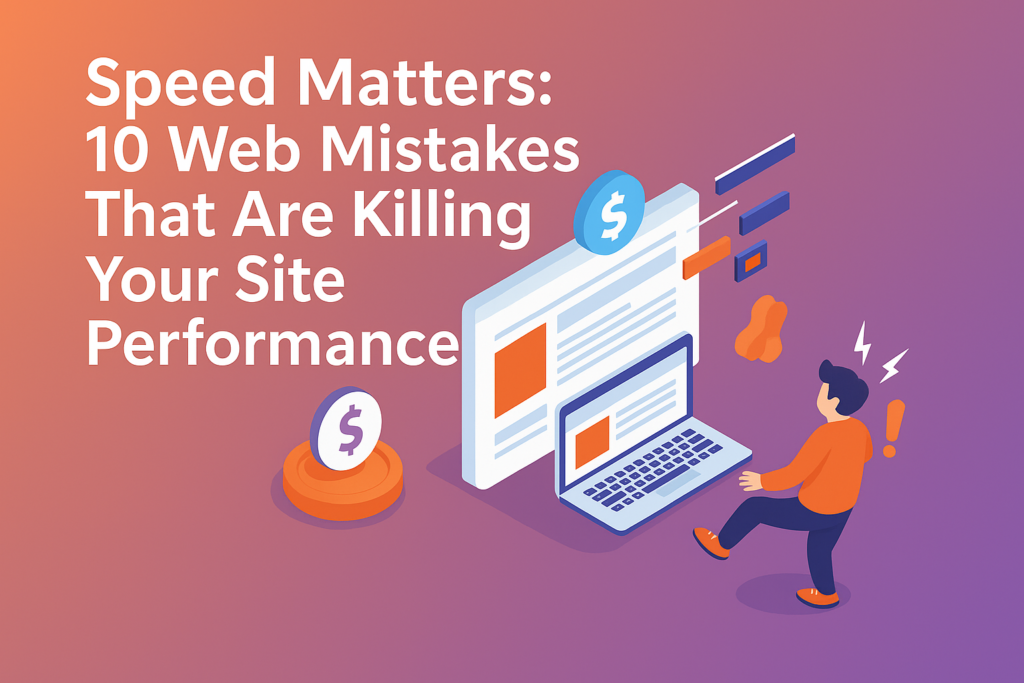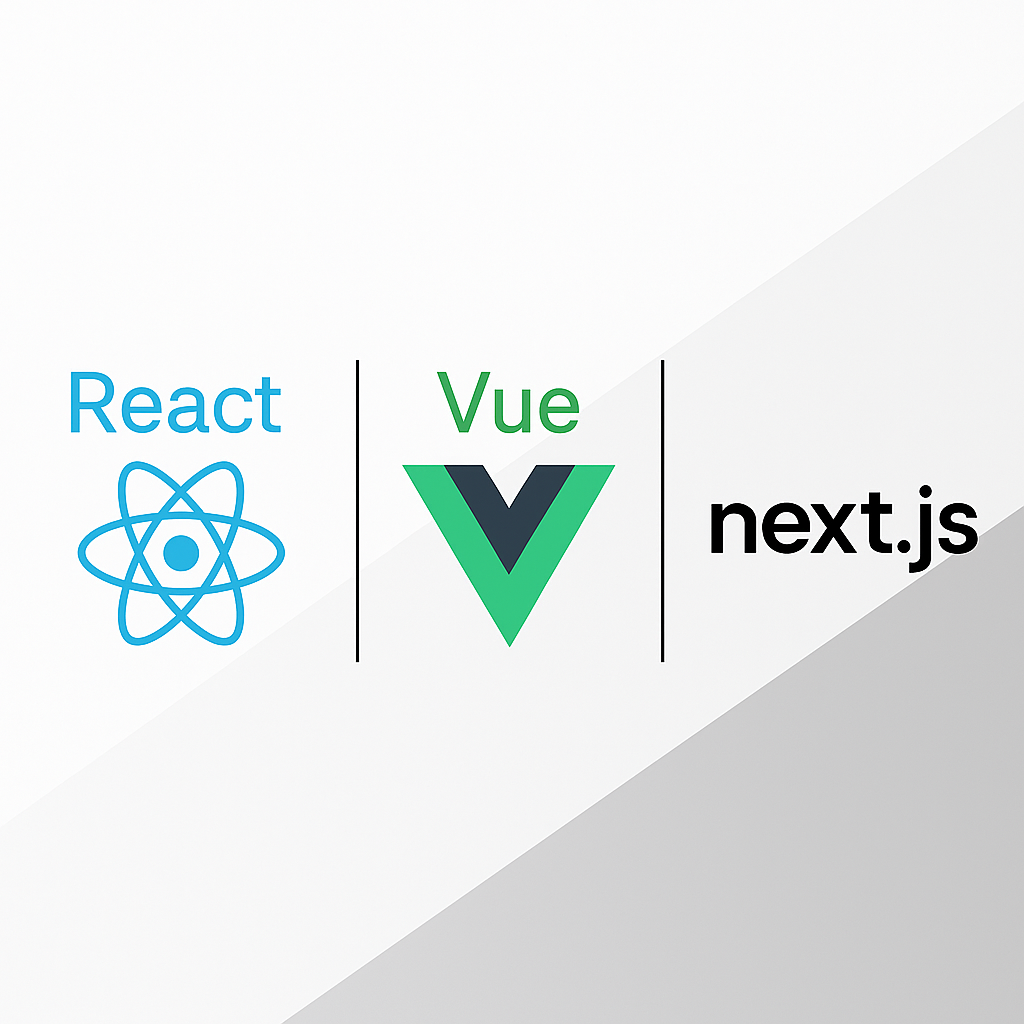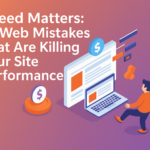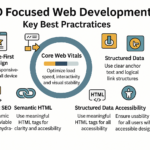No-code and low-code platforms are transforming the SaaS landscape by enabling faster and more cost-effective application development. But how are these platforms changing the way SaaS providers operate, and what challenges should businesses expect?
In this blog post, you’ll understand how no-code and low-code platforms are reshaping SaaS by empowering non-technical users, speeding up innovation, and reducing reliance on traditional developers.
We’ll explore how these platforms benefit SaaS companies by accelerating development, reducing costs, and empowering non-technical users. However, we’ll also address potential challenges such as security risks, scalability limitations, and customization complexities. Additionally, we’ll discuss practical strategies to overcome these obstacles. Whether you’re thinking about integrating these platforms or aiming to improve your current setup, this post will offer useful guidance to navigate this evolving technology.
What Are No-Code and Low-Code Platforms?
- No-Code Platforms: No-Code platforms are changing the way applications are built. With these platforms, you don’t need to be a programmer to create a functional application. Using drag-and-drop features, pre-built templates, and visual interfaces, you can easily develop apps without writing any code. This makes it possible for you to build applications faster and at a lower cost.
- Low-Code Platforms: Low-code platforms are making it easier for you to build applications without needing advanced coding skills. These platforms provide a visual interface where you can drag and drop elements to create apps. However, unlike no-code platforms, low-code platforms allow you to add small amounts of code when you need more advanced features. This means you can customize your application beyond basic templates and extend its functionality.
Why No-Code and Low-Code Platforms Are Gaining Popularity?
Here, we present some real-world challenges and provide solutions that you can achieve by using no-code and low-code platforms:
1. Slower Development Time
- Challenge: Building applications from scratch takes a lot of time and money. It can take months or even years to complete, which slows down your business growth. You also have to rely on developers for every update or change, making it harder to improve or scale your application quickly. This can delay your progress and affect your business success.
- Solution: By using no-code and low-code platforms, you can build applications faster without needing advanced coding skills. You save time and money while easily updating or modifying your applications. These platforms allow you to automate tasks, improve efficiency, and quickly scale your business. This keeps your business competitive and responsive to changing needs.
2. Higher Development Costs
- Challenge: Hiring skilled developers and managing a large development team can be very expensive. As a small business owner, you may struggle to handle these high costs. This can make it difficult for you to invest in other important areas of your business. The expenses can also slow down your progress and limit your ability to grow and expand.
- Solution: By using these platforms, you can build applications without hiring a large team of developers. This helps you save money and invest in other important areas of your business. These platforms allow you to create and manage applications easily, reducing your expenses and giving you more control over your business growth.
3. Limited Flexibility for Non-Technical Users
- Challenge: Without no-code and low-code platforms, you can’t easily create or update applications yourself. You always need developers for even minor changes, which reduces your control and slows down innovation. This delays your business growth and makes it difficult for you to quickly adjust to new customer requirements or market trends, putting your business at a disadvantage.
- Solution: With no-code and low-code platforms, you can design and update applications without depending on developers. This empowers you to take control and implement changes faster. You can quickly respond to shifting customer preferences and industry trends. This flexibility helps your business grow efficiently and remain competitive, giving you an advantage in adapting to evolving market conditions and staying ahead of the competition.
4. Increased IT Workload
- Challenge: If you don’t use no-code and low-code platforms, you’ll need to depend on your IT team for every modification or custom solution. This adds to their workload and causes delays in project completion. As a result, response times become slower, making it difficult for your business to adapt to evolving demands and maintain efficiency while meeting customer expectations.
- Solution: By using no-code and low-code platforms, you can easily create and modify applications without depending on your IT team. This reduces their workload and speeds up project completion. You can make quick changes and respond faster to evolving business needs. As a result, your business stays efficient, adapts easily to changes, and meets customer expectations more effectively.
5. Flexible and Scalable
- Challenge: Without no-code and low-code platforms, expanding your applications as your business grows can be difficult. You might struggle to manage larger amounts of data, handle more users, and introduce new features efficiently. These challenges can slow down your operations and limit the organization’s growth. Without the right solutions, maintaining smooth operations while scaling becomes harder, making it tough to satisfy customers and remain competitive.
- Solution: With no-code and low-code platforms, you can effortlessly expand your applications as your business flourishes. Managing vast amounts of data, accommodating more users, and integrating new features becomes seamless. These platforms ensure smooth operations and fuel continuous growth. You can swiftly adapt to market changes, exceed customer expectations, and maintain a strong competitive edge, giving your business the power to thrive in a dynamic environment.
Some Popular No-Code Platforms You Can Use
- 1. Bubble – You can build web applications by designing workflows and automating processes. It’s perfect for creating social networks, marketplaces, and dashboards.
- 2. Zapier – It helps you automate repetitive tasks between apps. For example, you can automatically add form responses to Google Sheets or send notifications in Slack.
- 3. Airtable – A powerful spreadsheet that works like a database. You can organise information, collaborate with teams, and create simple apps without any coding.
- 4. Appgyver – A no-code platform that allows you to build mobile and web apps quickly. You can design visually appealing interfaces and connect data sources easily.
- 5. Glide – With Glide, you can create mobile apps from Google Sheets in minutes. It’s perfect for making internal apps or managing business workflows.
Some Popular Low-Code Platforms You Can Use
- 1. OutSystems – You can create enterprise-grade applications quickly with OutSystems. It allows you to integrate with other systems, add custom code, and deploy apps with ease.
- 2. Mendix – Mendix helps you build scalable web and mobile applications. You can collaborate with teams, automate workflows, and add custom functionality when needed.
- 3. Microsoft PowerApps – If you use Microsoft tools, PowerApps lets you create business apps that integrate with Office 365, Dynamics 365, and other Microsoft services.
- 4. Appian – Appian allows you to automate business processes and develop powerful applications using minimal coding. It’s ideal for enterprise-level solutions.
- 5. Zoho Creator – You can use Zoho Creator to build custom business applications. It offers a wide range of templates and the ability to add scripts for advanced workflows.
Implications for SaaS Providers
The growing adoption of no-code and low-code platforms is reshaping the SaaS landscape. Here’s how:
1. Expansion of SaaS Offerings
No-code and low-code platforms allow you to expand your SaaS offerings by enabling non-technical users to customize and extend your application’s core features. This flexibility increases adoption across different industries and boosts user satisfaction. As more users tailor the application to their needs, your market reach grows. These platforms also help you stay competitive by attracting diverse customers and driving business growth.
2. Increased Market Reach
Using no-code and low-code platforms, you can broaden your SaaS providers by enabling non-technical audiences to personalize your applications. These platforms allow users to adjust core functionalities without any coding knowledge, leading to higher adoption across various industries. When users can modify the software to suit their needs, satisfaction increases, enhancing customer loyalty. This adaptability drives business growth and strengthens your competitive position.
3. Improved Customer Retention
With low-code platforms, you can improve customer retention by allowing users to customize your SaaS application to fit their unique workflows. This flexibility increases satisfaction and reduces churn, as customers get a solution tailored to their needs. Additionally, low-code platforms make it easier to add new features, ensuring your product stays valuable over time and encouraging long-term customer loyalty.
4. New Revenue Streams
With no-code and low-code platforms, you can generate new revenue by offering marketplace solutions where customers build their own applications or automate workflows. These platforms let users customize your SaaS product without coding skills, adding more value. You can monetize these services by charging for advanced features or integrations, boosting your revenue while increasing customer loyalty and engagement.
5. Potential Threat of Disruption
No-code platforms let businesses create custom solutions without relying on traditional SaaS providers. This reduces their need for your services, posing a threat if you don’t innovate. To stay competitive, you must integrate no-code features and offer flexible, customizable solutions. By adapting to these changes, you can keep customers engaged, prevent them from switching, and ensure your SaaS product remains valuable.
Challenges SaaS Providers Need to Address
-
- Security and Compliance Risks: When using no-code and low-code platforms, you may face security and compliance risks. These platforms simplify application development but may not always meet strict security standards. As a SaaS provider, you should educate your users about these risks and integrate security best practices. By offering built-in security features, you protect user data, build trust, and ensure compliance with industry standards.
-
- Scalability Limitations: No-code platforms are great for small applications, but scaling them for large businesses can be challenging. As your business grows, these platforms may not handle complex processes well. To prevent this, you should provide integration support that ensures smooth scalability. This helps users expand their applications without issues, keeping your SaaS product reliable and capable of meeting growing business demands.
-
- Customisation Complexity: No-code platforms simplify app development but often lack the flexibility for complex tasks. When advanced features or custom workflows are needed, these platforms may fall short. As a SaaS provider, offering API integrations and extensibility options helps bridge this gap. This allows users to customize and expand their applications, ensuring your platform meets diverse business needs and remains competitive.
Future of SaaS in a No-Code and Low-Code World
As no-code and low-code platforms continue to gain momentum, SaaS providers must adapt their business models to remain competitive. Offering embedded low-code functionalities, enhancing APIs for seamless integrations, and ensuring security compliance will be key differentiators. By embracing these platforms, SaaS companies can empower their customers while driving innovation in the software development space.
In conclusion, the rise of no-code and low-code platforms is not a threat but an opportunity for SaaS providers to evolve. By harnessing the power of these platforms, SaaS companies can expand their offerings, empower their users, and remain at the forefront of technological advancement.








